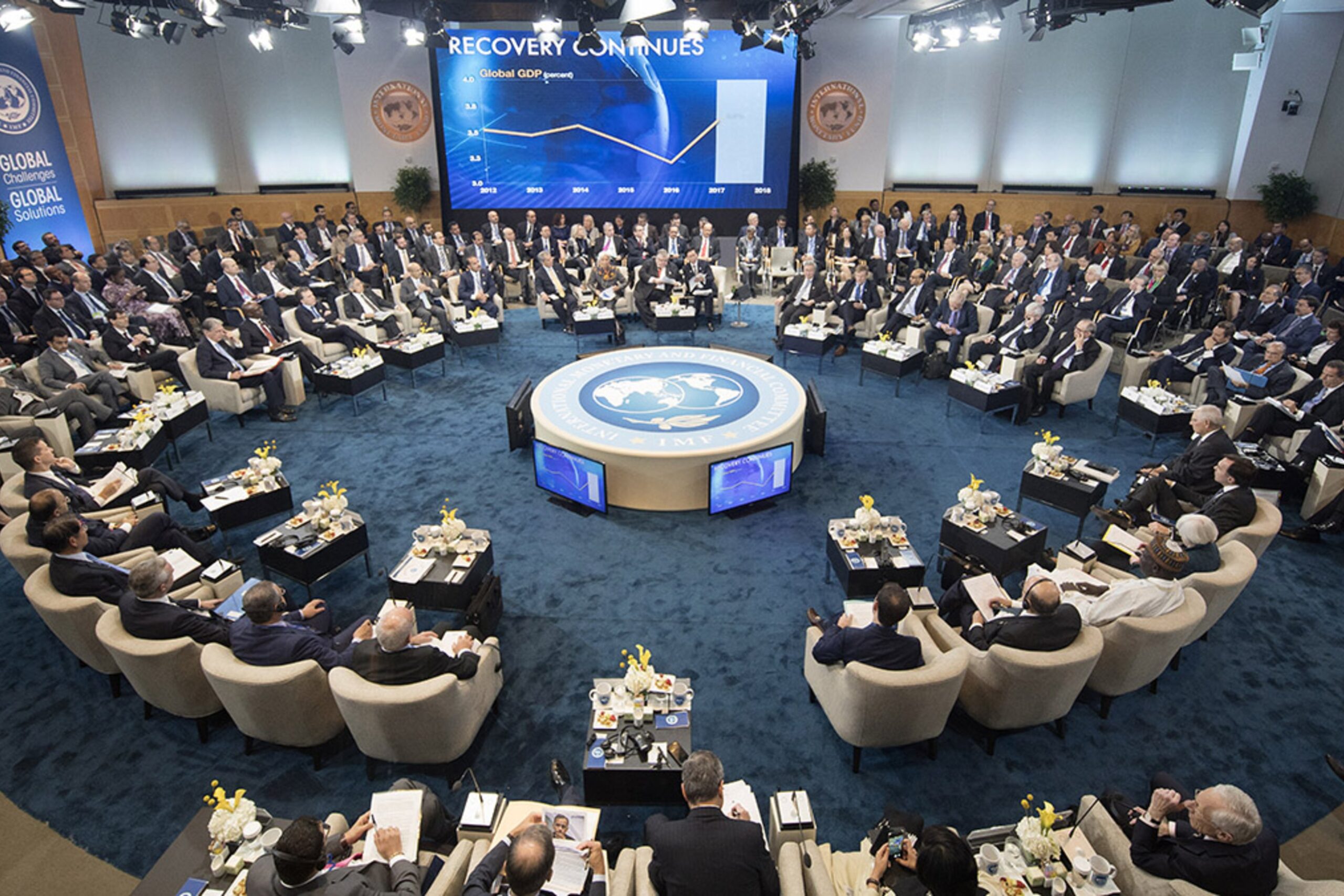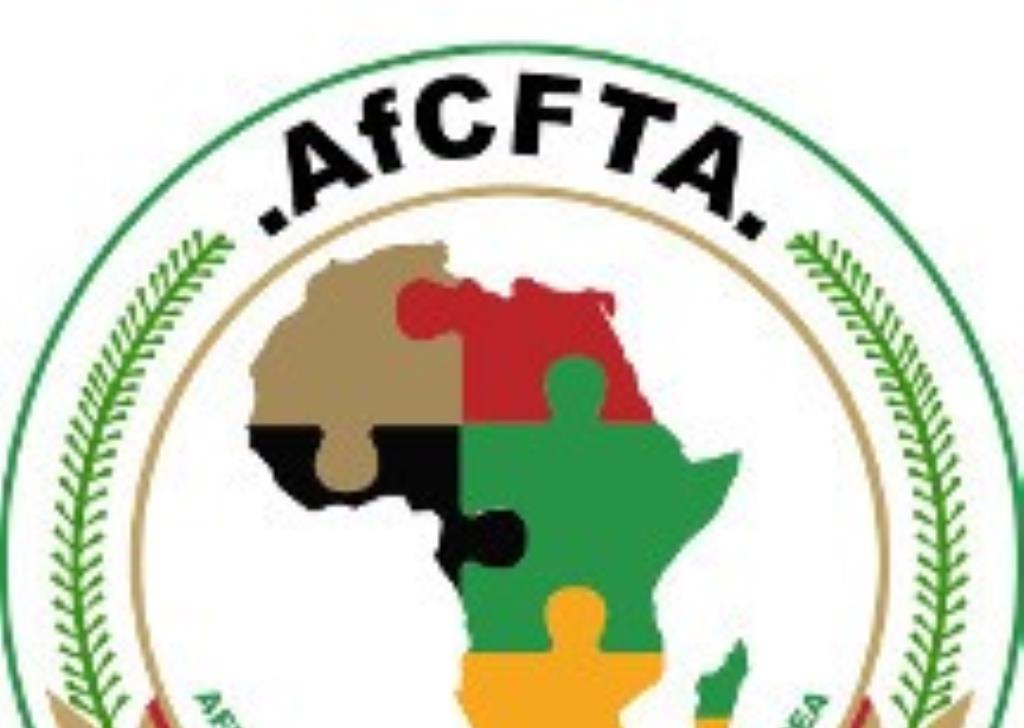Comesa relishes gains of integrated regional leather value chain
AS countries brace for the operationalisation of the African Continental Free Trade Area (AFCFTA) in January 2021, an in-depth analysis of the leather industry, a key component of the agri-business value chain on the continent, comes under immense spotlight.
This is critical as Africa remains largely dependent on commodity exports in its international trade engagement, especially in agro-based sectors where it has strong comparative advantage.
The need for a shift towards more productive manufacturing activities is urgent given the potential to significantly and subsequently boost domestic value addition in exports.
According to the United Nations Conference on Trade and Development (UNCTAD), the leather industry provides tremendous opportunity for Africa to form vibrant value chains and add greater value to the region’s exports.
Regional integration, pooling of resources and capabilities by activating domestic value chains are critical steps towards structural transformation of Africa’s economy.
The commencement of trading under the AfCFTA not only provides significant opportunity for increased intra-regional trade but calls for higher value addition and beneficiation of the continent’s primary resources to derive shared economic benefits.
Economic experts view the leather sector as a low-hanging fruit for Africa hence the Common Market for Eastern and Southern Africa (Comesa), is already co-ordinating efforts to energise the leather sector value chain, which is set to impact boldly on the AfCFTA.
Through its specialised unit, the Africa Leather and Leather Products Institute (ALLPI), Comesa, with development partner support, has been rolling out a regional leather industry capacity building initiative guided by the 2016-2025 Strategic Plan.
With the endorsement and mandate of the 34th Meeting of the March 2015 Council of Ministers, ALLPI has been active in assisting member states to seize emerging opportunities in the leather sector as an effective economic transformation tool.
In Zimbabwe, ALLPI is assisting the revival of the leather sector with a bias on unlocking the potential of small to medium enterprises (SMEs) producers.
The efforts have resulted in the establishment of the Bulawayo Leather Cluster Factory in 2018, with a capacity to produce about 158 400 pairs of shoes annually. According to the cluster’s secretary, Mr Fungai Zvinondiramba, the cluster is now targeting regional exports to Sadc, having received an order to supply 1 000 pairs of shoes to Namibia early this year.
Comesa provided the leather processing equipment worth about €250 000 for small to medium enterprises as well as training in the leather sector in Bulawayo. The machinery included a skiving machine, sole processing machine, a post machine, belt aging machine, arm machine, shoe lasts, pliers and toe lasting machine.
Its successful operations have become a benchmark for nationwide leather value chain transformation. The cluster is now collaborating with 10-mini leather industry producers in Matabeleland North province working together with the Leather National Working Group initiative.
The mini-factories were officially launched early this month by the Government in partnership with the African Development Bank, which injected US$2 million for equipment support.
The cluster is also working with counterparts in Zambia on potential synergies, which are set to unlock more economic value for both countries. Zimbabwe has also mainstreamed the leather value chain in its Vision 2030 targets with a new Zimbabwe Leather Sector Strategy 2021-2030 recently approved by Cabinet.
The strategy is anchored on increased investments and maximising on value addition and beneficiation to promote export-led industrialisation.
Likewise, Zambia is operationalising its Leather Value Chain Strategy (2015-2024), which has been mainstreamed in its long term Vision 2030 development agenda.
The leather value chain has huge potential to create jobs for SMEs clusters in Zambia, saving and generating foreign currency and widening fiscal revenue. For instance, in 2018, the Chingola Leather Cluster in Zambia was, among other milestones, ready to provide certified eco-friendly industrial gloves to the mines and engineering industry at large.
This was as a result of the capacity building intervention provided by ALLPI in collaboration with the government through Ministry of Commerce, Trade and Industry and Konkola Copper Mines Plc (KCM).
ALLPI has conducted skills training in design and production with the cluster players as part of its deliverables. Similar interventions are being rolled out with positive results in parts of Southern Africa.
Malawi, which now has a satellite leather design studio, has driven companies like Star Leather Product Limited to make inroads in domestic school shoe production and supply.
Leather design studios are critical in driving focus to the upper value chain stratum and enhancing higher downstream impact to all stakeholders in the leather sector.
The recent opening of the Malawi Tannery is a big milestone for the regional and local leather value chains, says Suresh Kumar Mohan, managing director for Trogon Shoes.
In an academic paper on “Leather and Footwear Value Chain: An East African Perspective” Prof Mwinyikione Mwinyihija, confirms that the East African region is equally evolving its leather value chain. Working closely with ALLPI, he notes that since 2016 the sub-region had finalised leather value strategies for Tanzania, Uganda, Kenya, Burundi and Rwanda, which were adopted by the respective governments at their regional summit.
According to ALLPI, Ethiopia, Kenya and Uganda have improved their export earnings and investments through a deliberate export restriction regime on hides and skins.
Ethiopia, which is the headquarters of ALLPI, boasts of huge tannery footprint, produces an average 24 million pairs of shoes per year with leather as top manufacturing export product at about 30 percent, according to UNIDO.
Studies on this regional collaboration drive indicate that integrated regional value chains can empower the SMEs through appropriate leather standards conformity, quality assurance and requisite skills development to attain the expected goals of the regions.
Such interventions are set to greatly assist the SMEs in readiness of the local content policies and taping into the imminent AfCFTA.
Prof Mwinyihija, who is also ALLPI executive director, says the regional leather strategy is, more critically, focused on promoting value addition, which would consequently generate jobs, higher incomes and have a wider multiplier effect to all the interdependent sectors in the region and beyond.
The estimated budget outline to achieve implementation of this strategy has been placed at US$50 million for 10 years, or approximately US$5 million per year.
Revitalisation the regional leather value chain, thus, will go a long way in reversing the tide of imports and scaling up the sector’s contribution to member states’ gross domestic product.
Continued collaboration at regional level is also expected to mend the losses of historic fragmentation of the leather sector, which is evidenced by inconsistencies in imports and exports of raw hides and skins and semi-processed leather.
These ideals are at the heart of the Comesa Treaty (Chapter 12), which prioritises co-operation in industrial development. Enhanced industrial activity also buttresses global Sustainable Development Goals (SDGS), particularly SDG1 (poverty alleviation), SDG 8 (decent work and economic growth) and SDG 9 (industry and, innovation and infrastructure).
A huge opportunity exists for SMEs to penetrate the regional footwear market. In 2014, for instance, Comesa imported footwear worth US$1 billion from the rest of the world, which translates to approximately 100 million pairs of shoes. Already, official figures indicate total demand for shoes within Comesa is 450 million pairs against supply of 156 million pairs with a gap of 294 million pairs per annum.
ALLPI estimates the collection ratio of hides and skins to be below 50 percent in many Comesa countries as livestock slaughter is not centralised. Low prices offered also discourage collection of hides and skins produced in remote parts of the countries.
Ironically, the 21-member bloc holds approximately 11 percent and 56 percent of livestock globally and in Africa respectively but its contribution to global trade remains lower.
This is largely blamed on pre and post-slaughter challenges, as well as limited or no value addition to hides and skins produced in the region, which impact negatively on Comesa’s returns from global trade.
Globally the leather value chain is estimated at more than US$100 billion and experts estimate that approximately 500 000 jobs could be created within Comesa alone if the sector operates at its optimum potential. Efforts by ALLPI to establish an eCommerce portal that assists SMEs in Africa to showcase their leather products are commendable.
This would help SMEs to interact with each other and realise visibility to potential buyers and input suppliers.
Moving forward, UNCTAD has emphasised a need for leather value chain players to raise the bar on quality standards and export competitiveness in terms of price. This calls for more collaboration.
The easing of trade restriction in Africa starting next month, will no-doubt make it easy for regional companies including SMEs in the leather sector to export. This will contribute to the attainment of an economically integrated continent and buttress Agenda 2063 target of transforming Africa into a global powerhouse of the future.-chronicle.cl.zw









